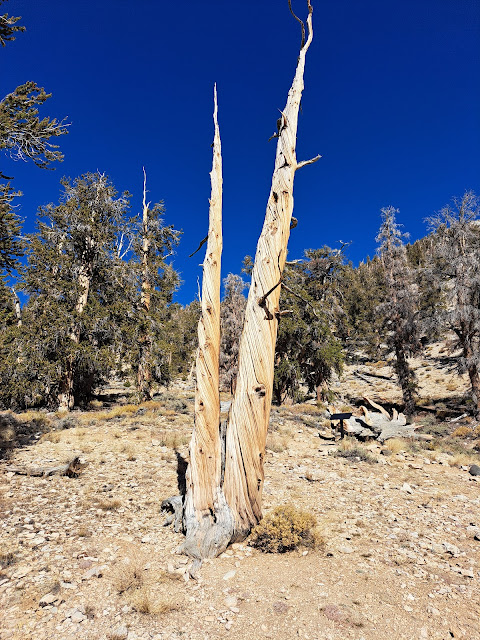 |
| The Ancient Bristlecone Pine Forest is located in the White Mountains in eastern California. |
 |
| The oldest tree in the world, Methuselah, is located here. It is 4,855 years old. |
 |
| One reason the trees look so unique is because over time, their strong roots become exposed. |
 |
| Many of the trees remain standing, even after death, because they are so hardy. |
 |
| asdf |
 |
| The location of the Methuselah tree is a secret. |
 |
| The bristlecone pine can be distinguished by the female's dark purple cones with prickles. |
 |
| Make sure to stop by Schat's Bakery in Bishop after your visit! |





















































































































































































